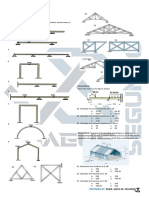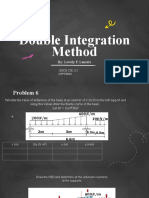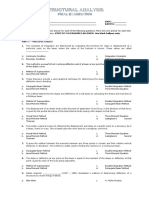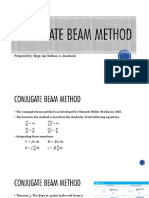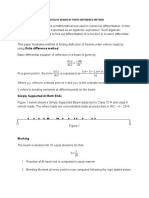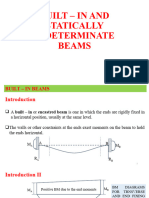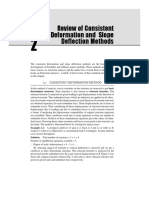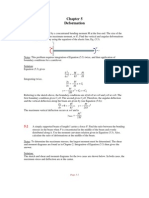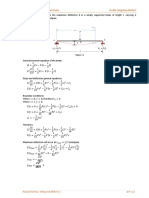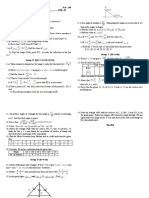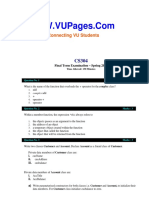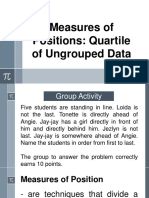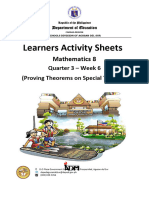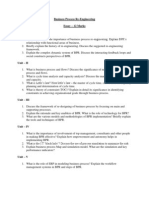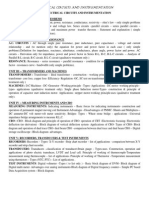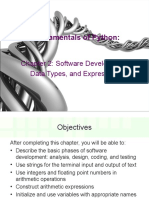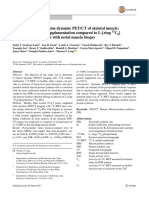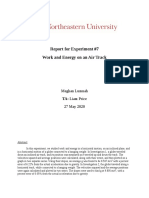0% found this document useful (0 votes)
42 views12 pagesDani
1. The beam carries a concentrated load and moment. Reactions are calculated as RA = 2.11kN and RD = 5.89kN. The slope and deflection are found using double integration. The deflection at B is -94.032kN-m/EI.
2. For an indeterminate beam with only self-weight, the degree of indeterminacy is calculated. Reactions and slope at 1/4 span are found using double integration.
3. Slopes are found at points A, B, C, and D using the area moment method for a determinate beam with loads and moments given.
Uploaded by
Kommi XionxxCopyright
© © All Rights Reserved
We take content rights seriously. If you suspect this is your content, claim it here.
Available Formats
Download as DOCX, PDF, TXT or read online on Scribd
0% found this document useful (0 votes)
42 views12 pagesDani
1. The beam carries a concentrated load and moment. Reactions are calculated as RA = 2.11kN and RD = 5.89kN. The slope and deflection are found using double integration. The deflection at B is -94.032kN-m/EI.
2. For an indeterminate beam with only self-weight, the degree of indeterminacy is calculated. Reactions and slope at 1/4 span are found using double integration.
3. Slopes are found at points A, B, C, and D using the area moment method for a determinate beam with loads and moments given.
Uploaded by
Kommi XionxxCopyright
© © All Rights Reserved
We take content rights seriously. If you suspect this is your content, claim it here.
Available Formats
Download as DOCX, PDF, TXT or read online on Scribd
/ 12


